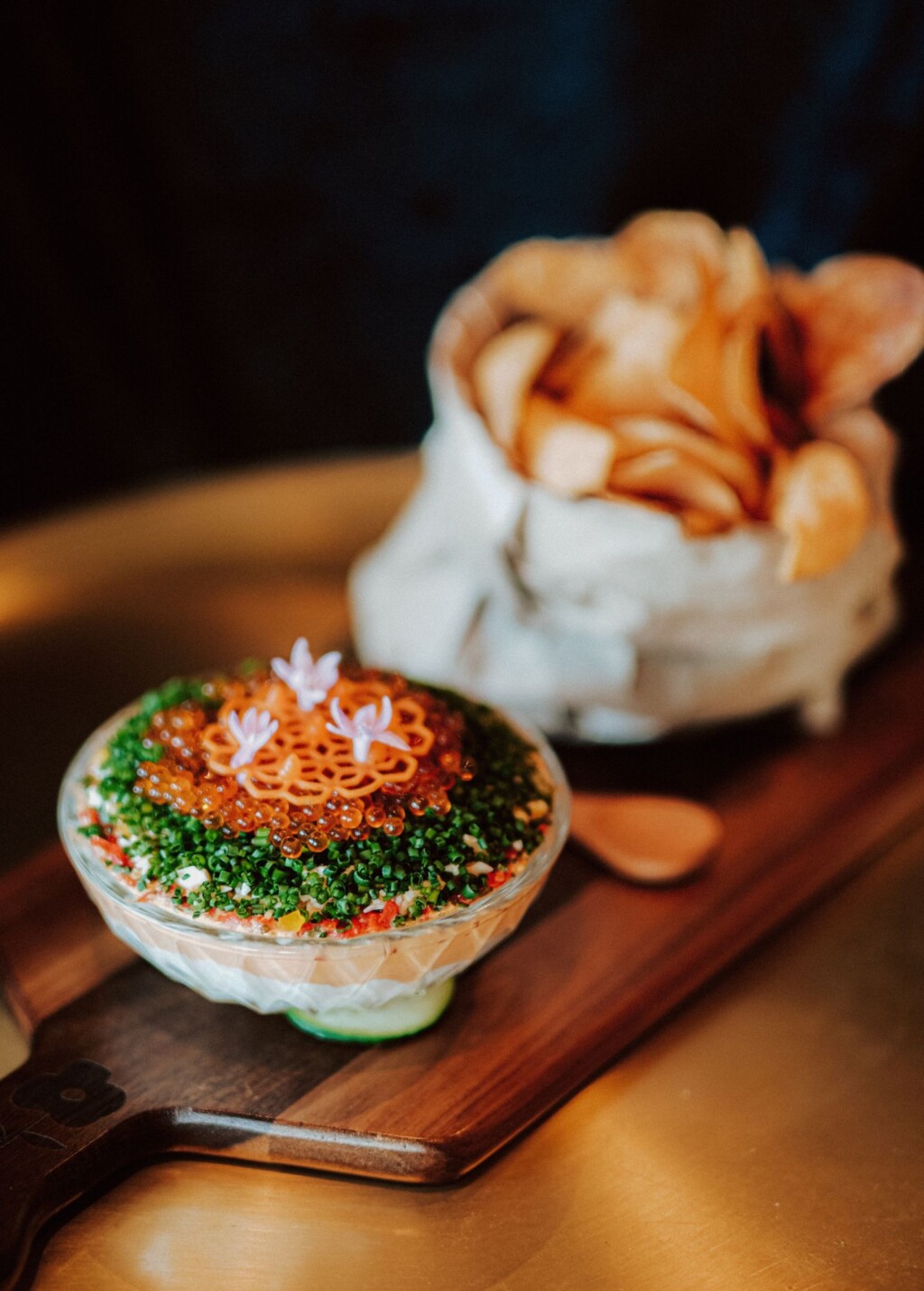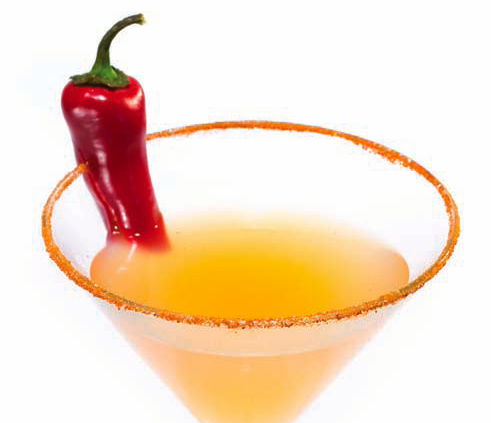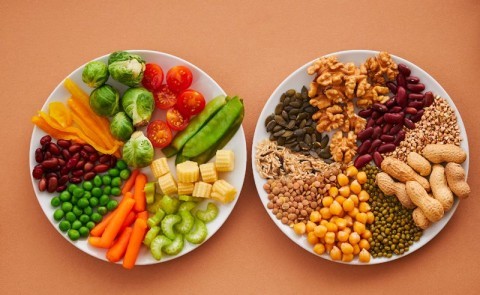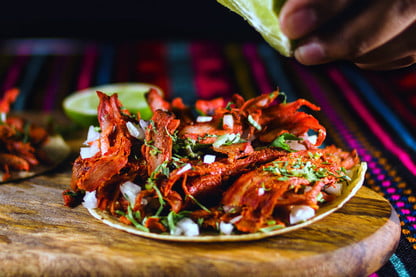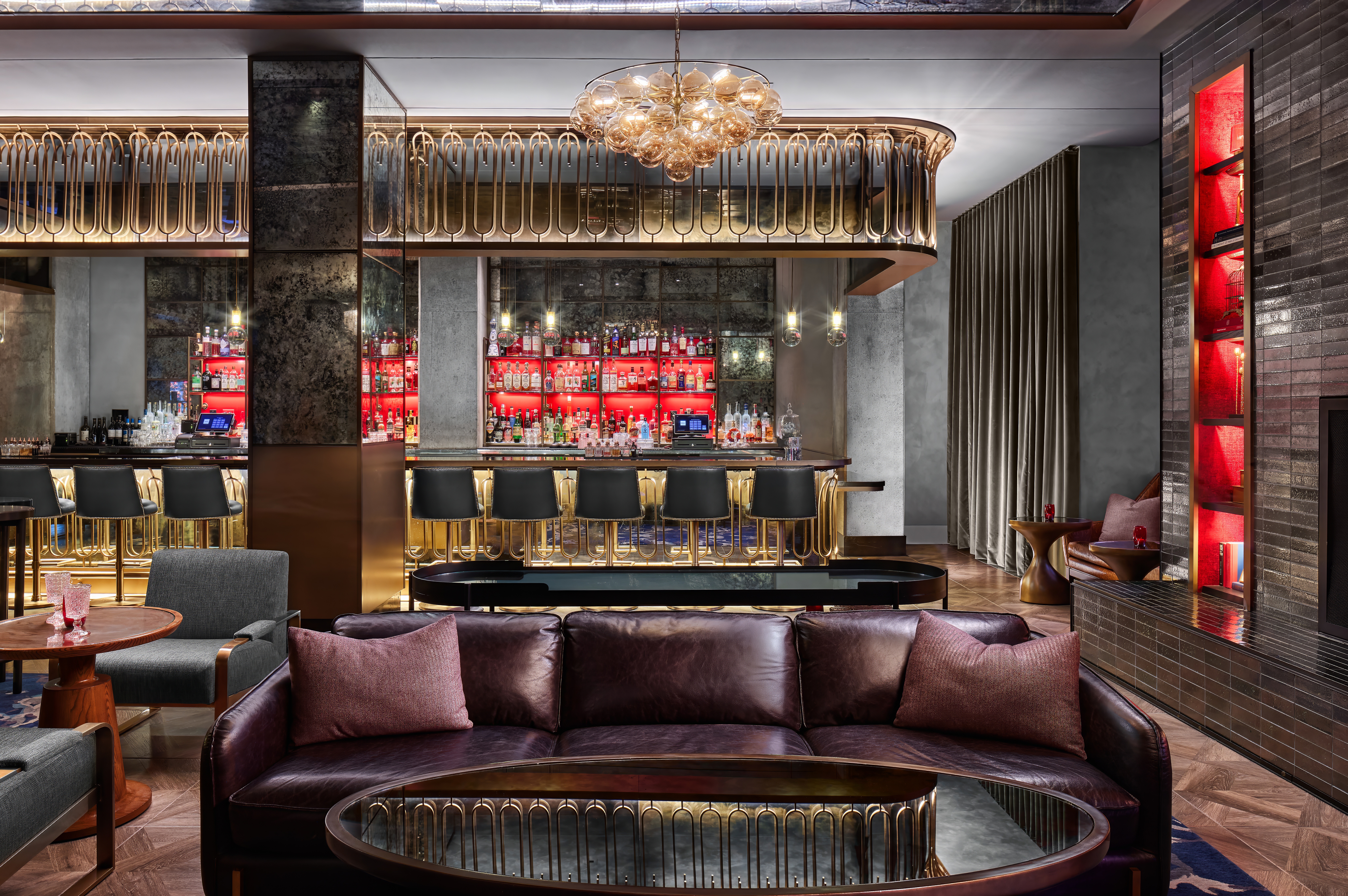
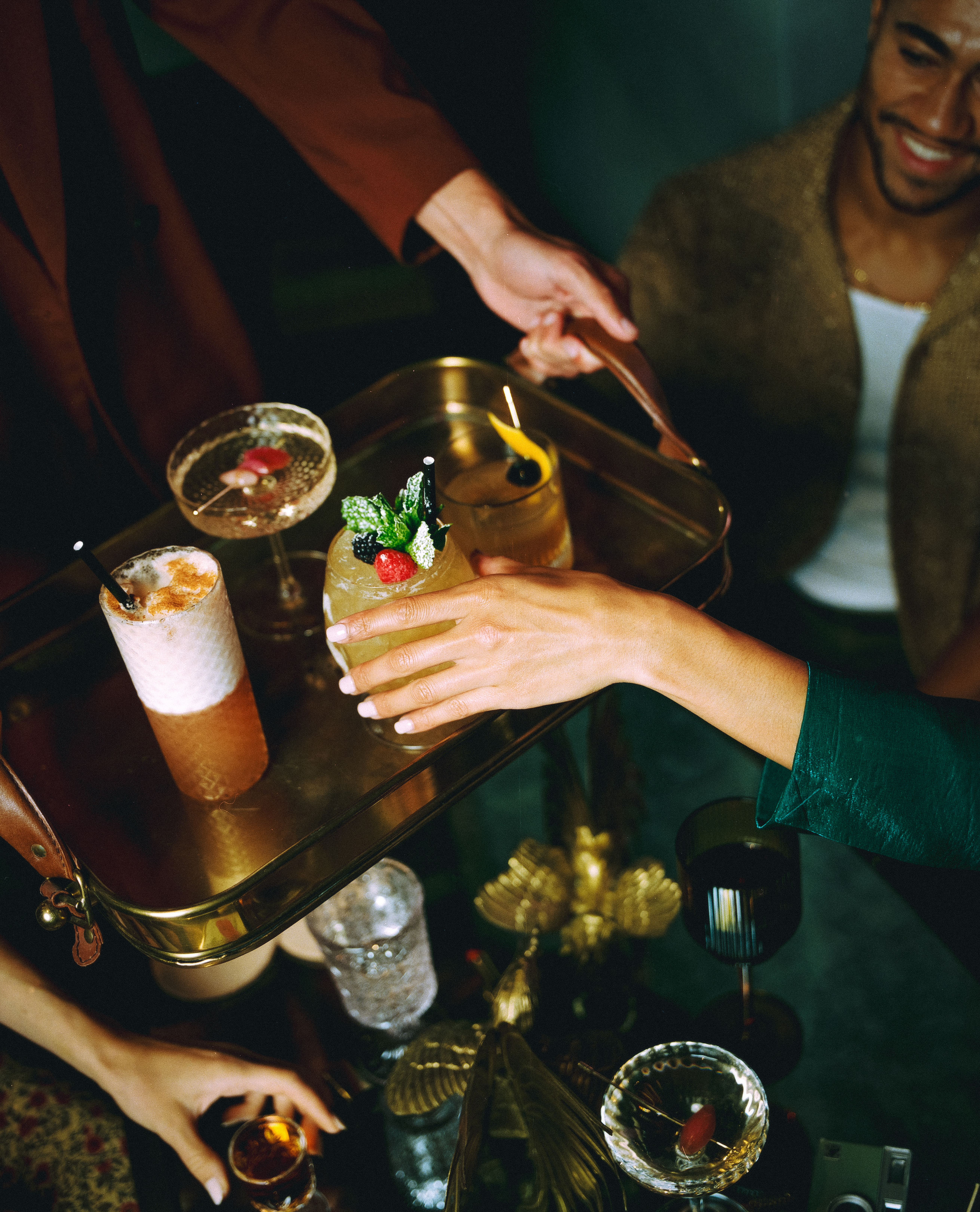
Austin’s Rainey Street District has a new star attraction. Brass Poppy, the sophisticated cocktail lounge tucked inside Hotel Van Zandt, has just launched an ambitious new menu that’s already turning heads in the competitive Austin food and beverage scene. For hospitality industry professionals watching menu innovation trends, this rollout offers valuable insights into how established venues can reinvent themselves while maintaining their core identity.
A Strategic Menu Evolution in Austin’s Competitive Landscape
The timing of Brass Poppy’s menu unveiling speaks to broader food and beverage industry trends we’re seeing across major metropolitan markets. As consumer expectations for craft cocktails continue to evolve, bars and lounges must balance innovation with accessibility: a challenge Brass Poppy appears to have mastered with this latest iteration.
The vintage-meets-modern cocktail lounge has positioned itself strategically in Austin’s bustling hospitality landscape, where competition for the discerning drinker’s attention intensifies daily. This menu refresh demonstrates how established food and beverage operations can stay relevant through thoughtful innovation rather than complete reinvention.
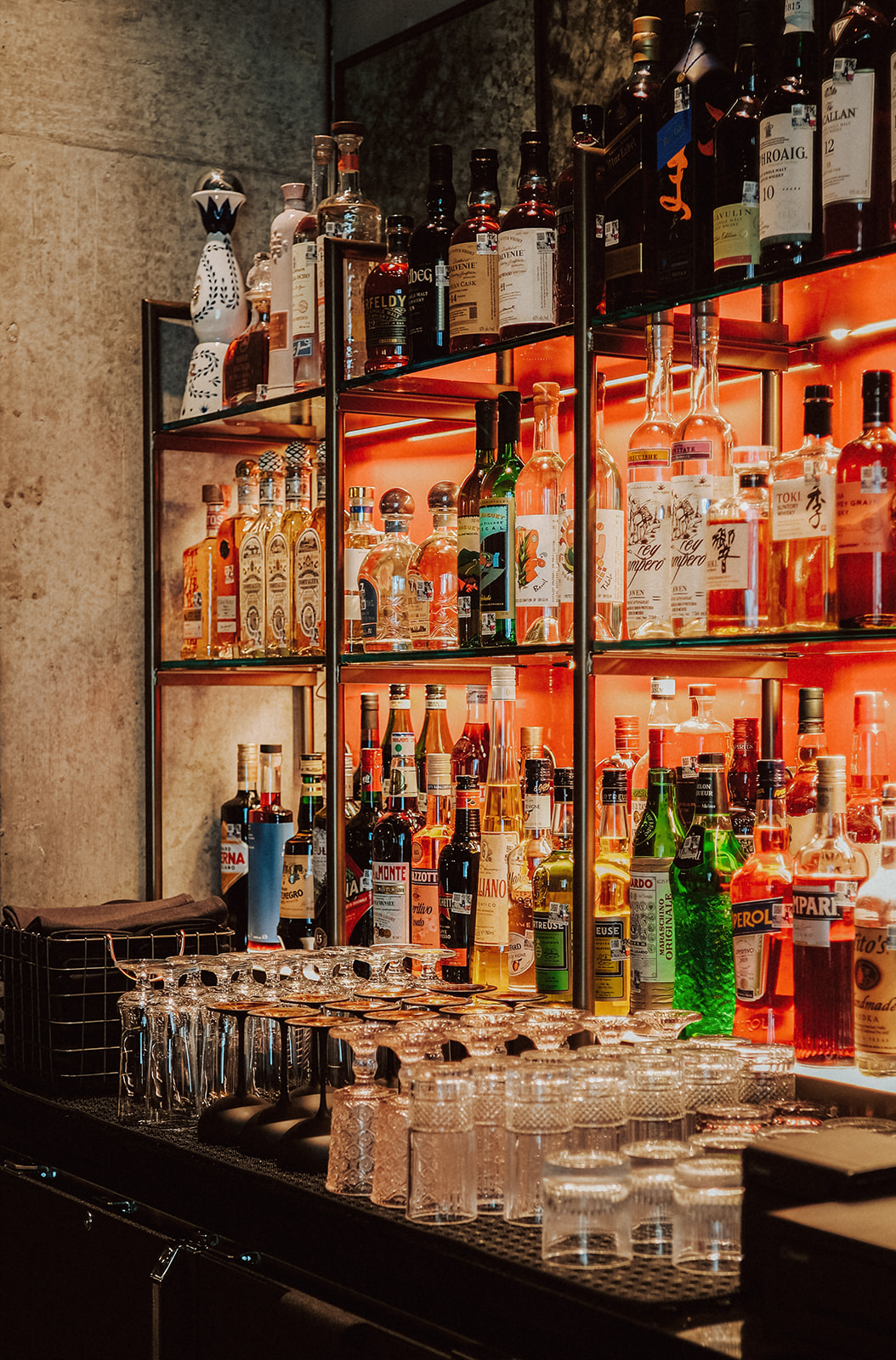
Signature Cocktails That Define Menu Innovation
The new cocktail program showcases several standout creations that demonstrate current beverage industry trends toward premium ingredients and sophisticated flavor profiles. Each drink tells a story, reflecting the thoughtful approach that successful food and beverage managers are adopting industry-wide.
The Appletini Reimagined
Breaking away from the overly sweet iterations of the early 2000s, Brass Poppy’s Appletini features Granny Smith-infused vodka paired with house-made apple liqueur. This approach reflects the broader trend of bars creating their own infusions and liqueurs, a practice that’s becoming standard among top-tier food and beverage operations seeking to differentiate their offerings.
The Brass Martini: Premium Positioning
The Brass Martini exemplifies premium menu positioning with its choice between olive oil-washed Kastra Elion vodka or herb-infused Tanqueray 10 gin. The inclusion of olive brine vermouth, bergamot, fennel, and citrus-basil oil demonstrates the complexity that today’s beverage industry demands. For food and beverage directors studying successful menu engineering, this cocktail represents effective upselling through premium ingredient storytelling.
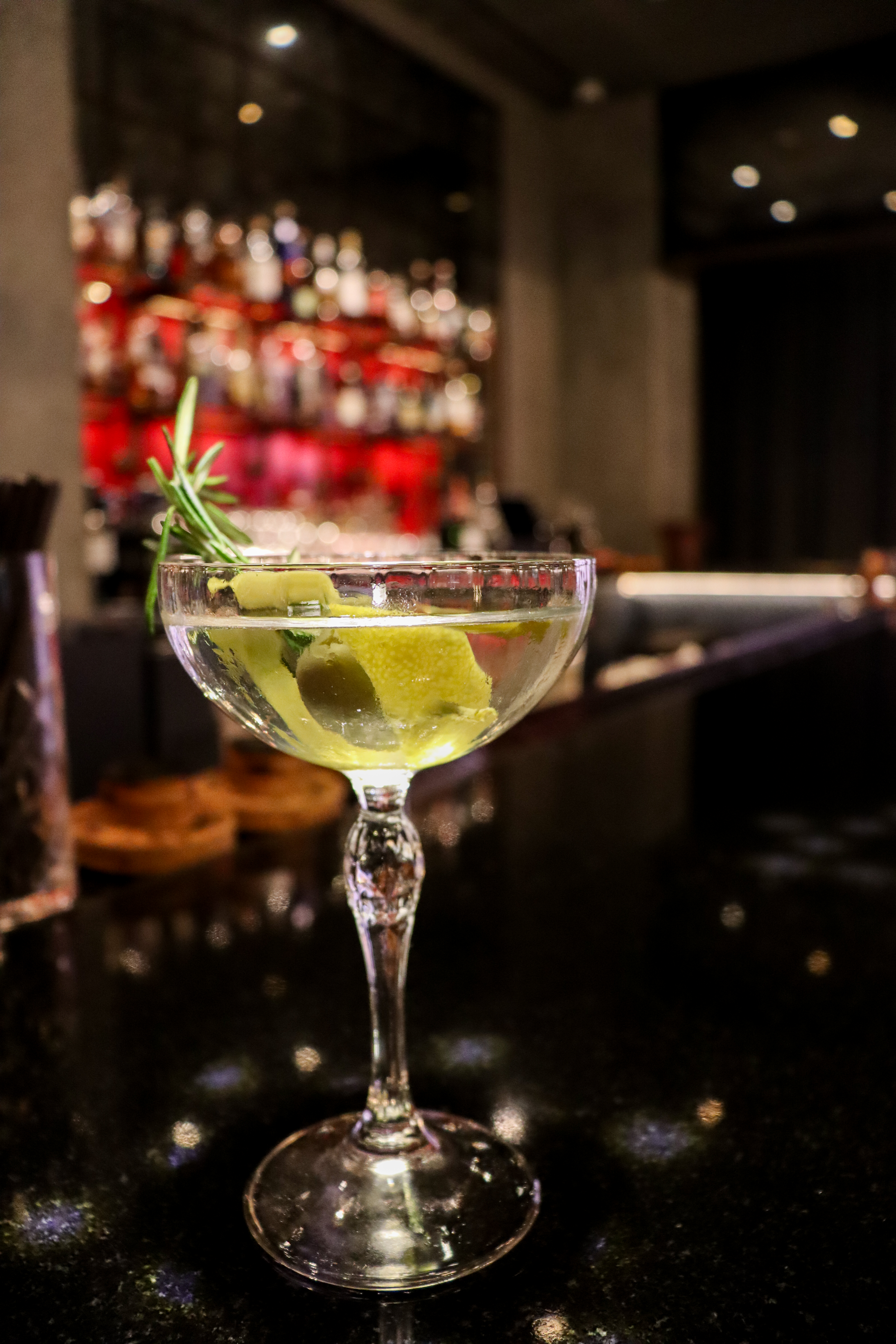
Creative Flavor Combinations Drive Interest
The Cherry Bomb combines Teremana blanco tequila with clarified Jägermeister, cherry purée, and lime: an unexpected pairing that reflects current food and beverage trends toward bold flavor juxtapositions. Similarly, the Be Sweet marries Condesa prickly pear and orange blossom gin with Campari, strawberry, vermouth, lemon, and egg white, showcasing the growing popularity of floral and fruit-forward profiles in the beverage industry.
The namesake Brass Papi shines with Milagro silver tequila, Del Maguey Vida mezcal, Briottet poppy liqueur, Aperol, and lemon: a composition that speaks to the agave spirits trend that continues to dominate food and beverage menus nationwide.
Seasonal Strategy: Halloween-Inspired Limited Offerings
Brass Poppy’s seasonal cocktail strategy demonstrates savvy food and beverage management through limited-time offerings that create urgency and social media buzz. The Witches Brew, featuring blue spirulina-infused tequila, peach, lime, and egg white, leverages visual appeal: a crucial factor in today’s Instagram-driven hospitality landscape.
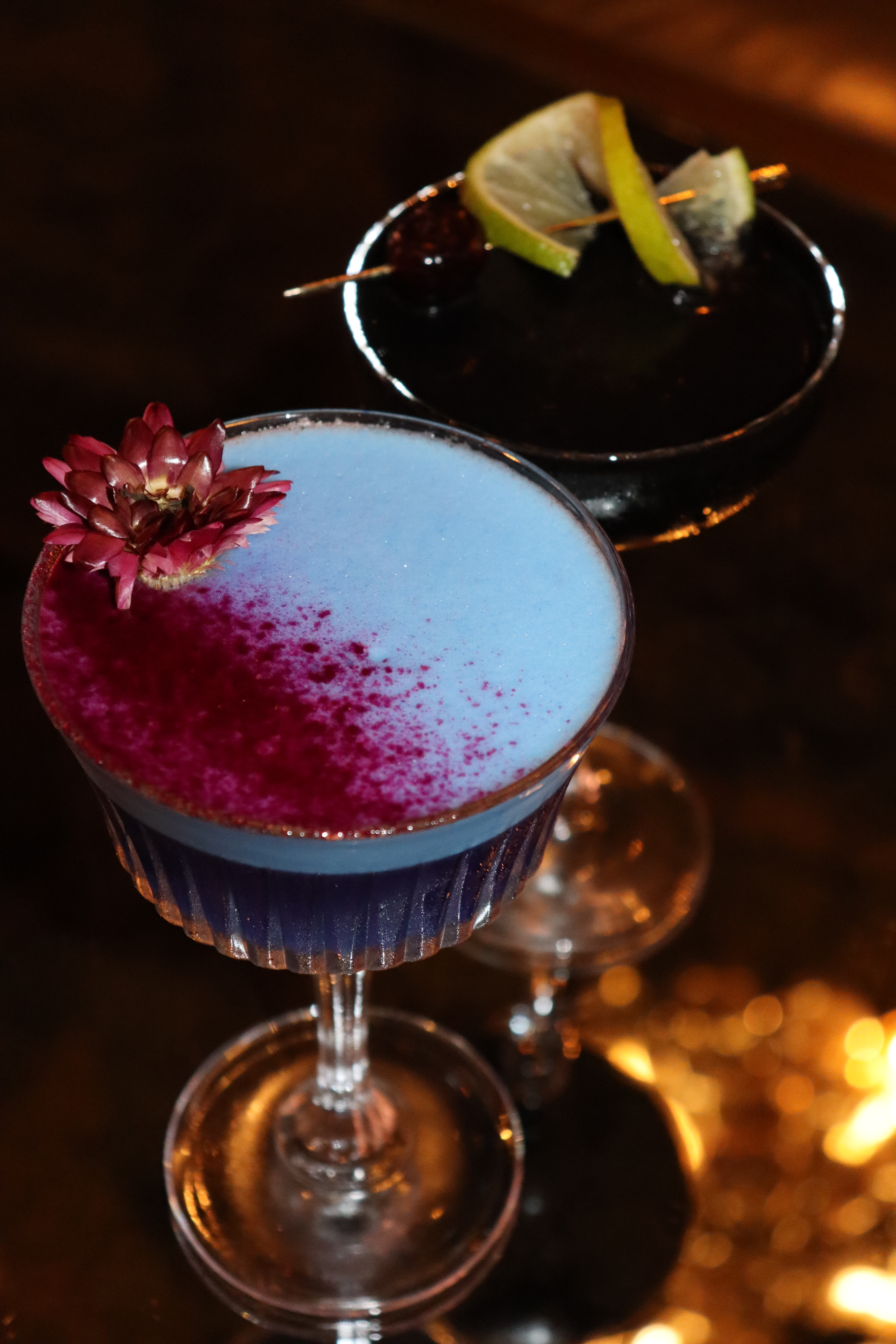
The Grave Digger Daiquiri with activated charcoal-washed rum, cherry oleo saccharum, and fresh lime juice represents the kind of theatrical presentation that drives social media engagement: a vital component of modern restaurant marketing strategies.
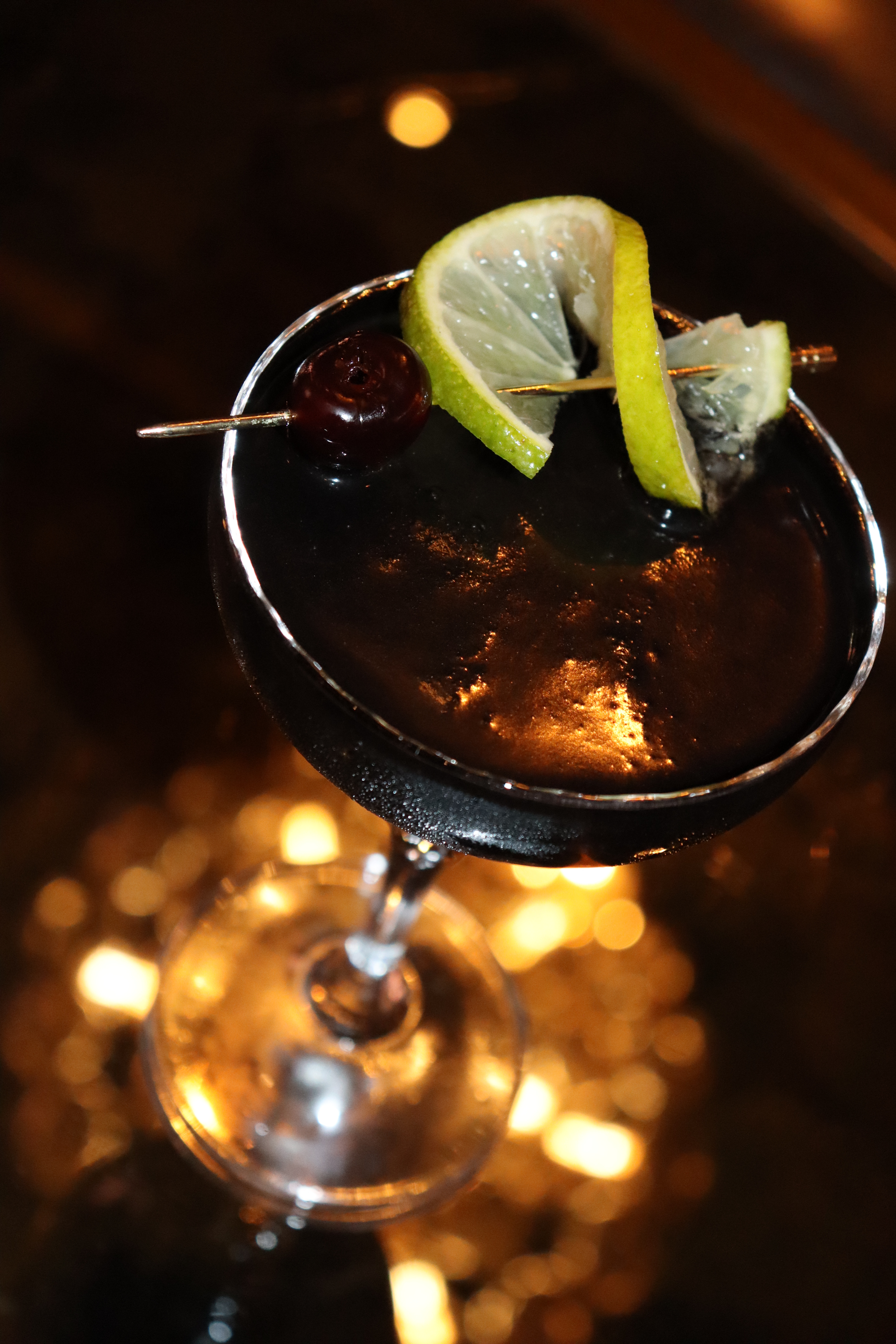
Non-Alcoholic Innovation Addresses Market Demands
Recognizing the growing mocktail trend, Brass Poppy includes thoughtful non-alcoholic options like Southern Nights with Almave blanco spirit-free, lime, cherry oleo saccharum, fresh lime juice, and Fever-Tree grapefruit soda. The Heat Wave features Almave ambar spirit-free, watermelon-hibiscus cordial, and Fever-Tree ginger beer.
These offerings reflect essential food and beverage industry adaptation to consumer wellness trends and the expanding sober-curious demographic: market segments that forward-thinking food and beverage companies cannot afford to ignore.
Food Pairings Elevate the Complete Experience
The shareable bites menu demonstrates sophisticated food and beverage pairing strategies. The Iberico bites with Iberico ham, pan tomate, and serrano relish, alongside dry-aged Ribeye sliders with fontina cheese, arugula, apple and fennel ketchup, and truffle aioli, showcase premium ingredient positioning that justifies higher price points.
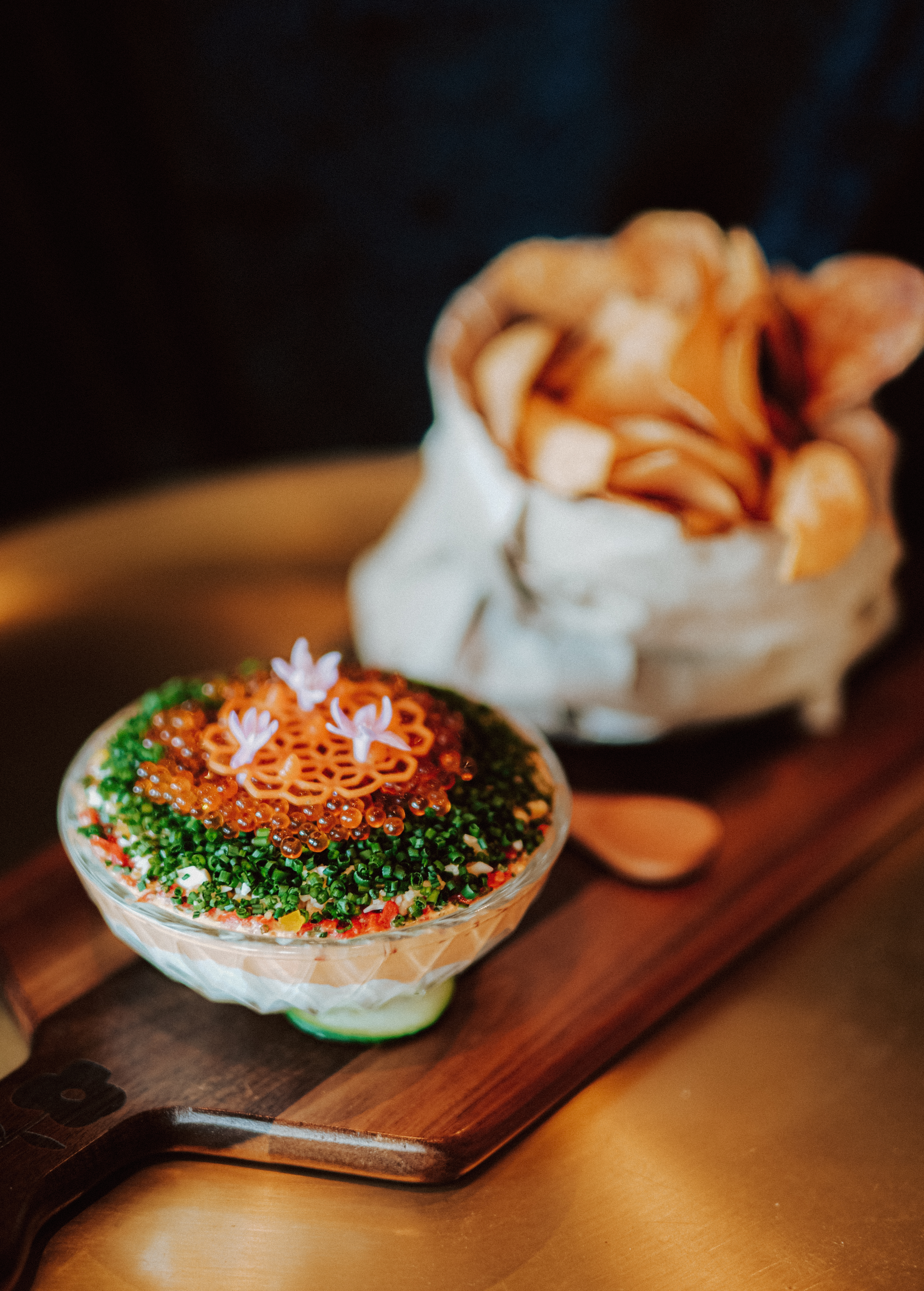
The French onion dip featuring piquillo pepper, hard-boiled egg, chives, smoked trout roe, and steakhouse chips represents elevated comfort food: a trend dominating food and beverage menus as operators seek familiar flavors with sophisticated execution.
Dessert as Instagram Moment: The Zen Garden
The existing Zen Garden dessert: green tea cheesecake, matcha shortbread, and strawberry sorbet: exemplifies how successful food and beverage operations create Instagram-worthy moments that extend marketing reach beyond traditional channels. This “artful, Instagrammable finale” approach has become standard practice for hospitality industry leaders seeking organic social media promotion.
Operational Excellence: Hours and Accessibility
Brass Poppy’s operational schedule reflects strategic food and beverage management: Monday–Thursday 12PM-12AM; Friday 12PM-1AM; Saturday 3PM-1AM; Sunday 3PM-11PM, with walk-ins welcome. This accessibility approach balances planned visits with spontaneous patronage: a crucial factor in maximizing revenue per seat in competitive urban markets.
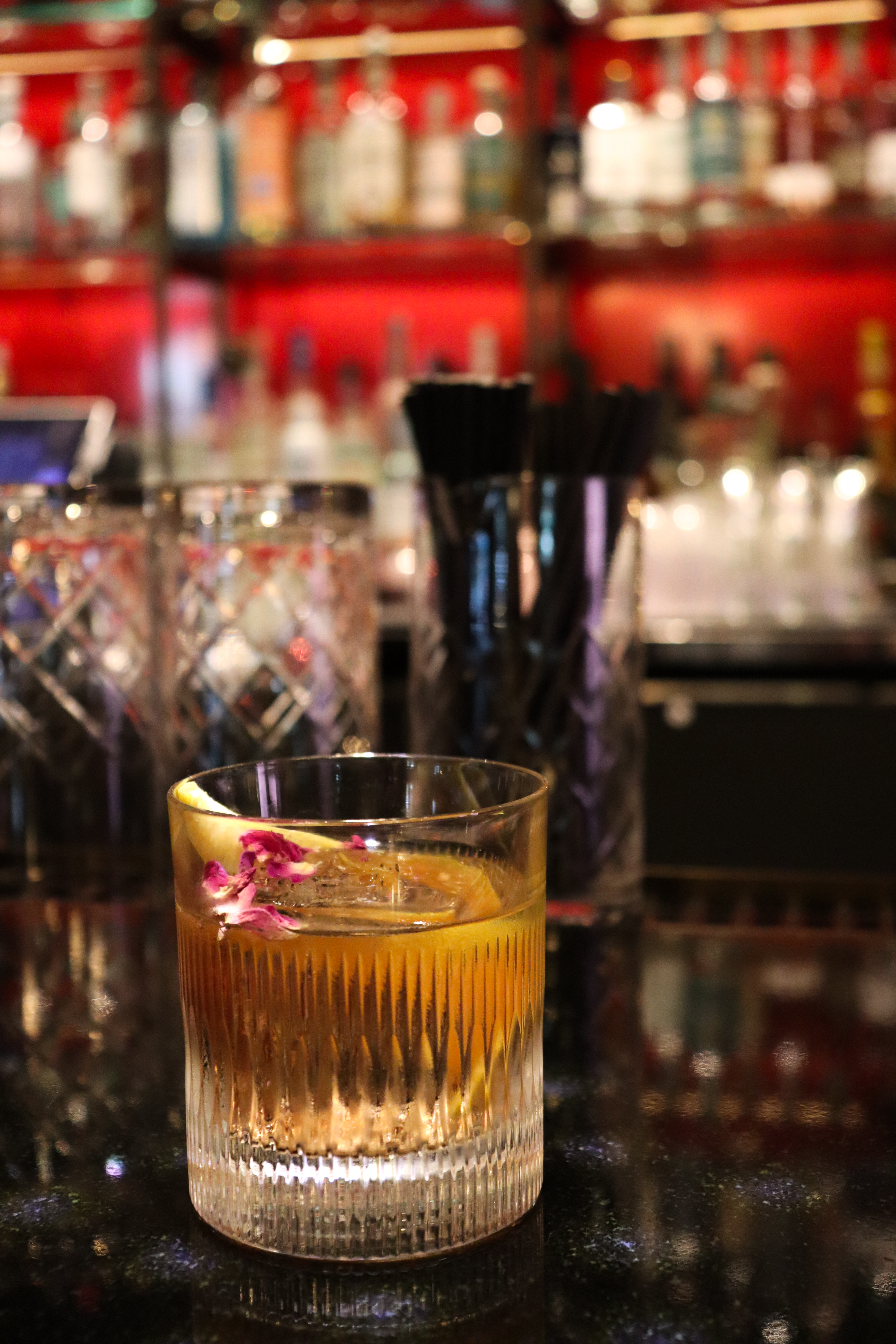
Industry Implications and Takeaways
For food and beverage professionals, Brass Poppy’s menu evolution offers several key insights:
Premium Ingredient Storytelling: Every cocktail features detailed ingredient narratives that justify pricing and create perceived value.
Seasonal Programming: Limited-time offerings create urgency and repeat visit motivation while generating social media content.
Visual Appeal Priority: Instagram-worthy presentations drive organic marketing reach beyond traditional food and beverage advertising.
Non-Alcoholic Integration: Thoughtful mocktail development addresses expanding market segments without marginalizing traditional cocktail consumers.
The success of Brass Poppy’s new menu will likely influence food and beverage trends across Austin’s competitive hospitality landscape, demonstrating how established venues can maintain relevance through strategic innovation rather than complete reinvention.
As the food and beverage industry continues evolving, operators who balance creativity with operational excellence: as Brass Poppy demonstrates: position themselves for sustained success in an increasingly demanding market.
Written by Michael Politz, Author of Guide to Restaurant Success: The Proven Process for Starting Any Restaurant Business From Scratch to Success (ISBN: 978-1-119-66896-1), Founder of Food & Beverage Magazine, the leading online magazine and resource in the industry. Designer of the Bluetooth logo and recognized in Entrepreneur Magazine’s “Top 40 Under 40” for founding American Wholesale Floral. Politz is also the founder of the Proof Awards and the CPG Awards and a partner in numerous consumer brands across the food and beverage sector.



